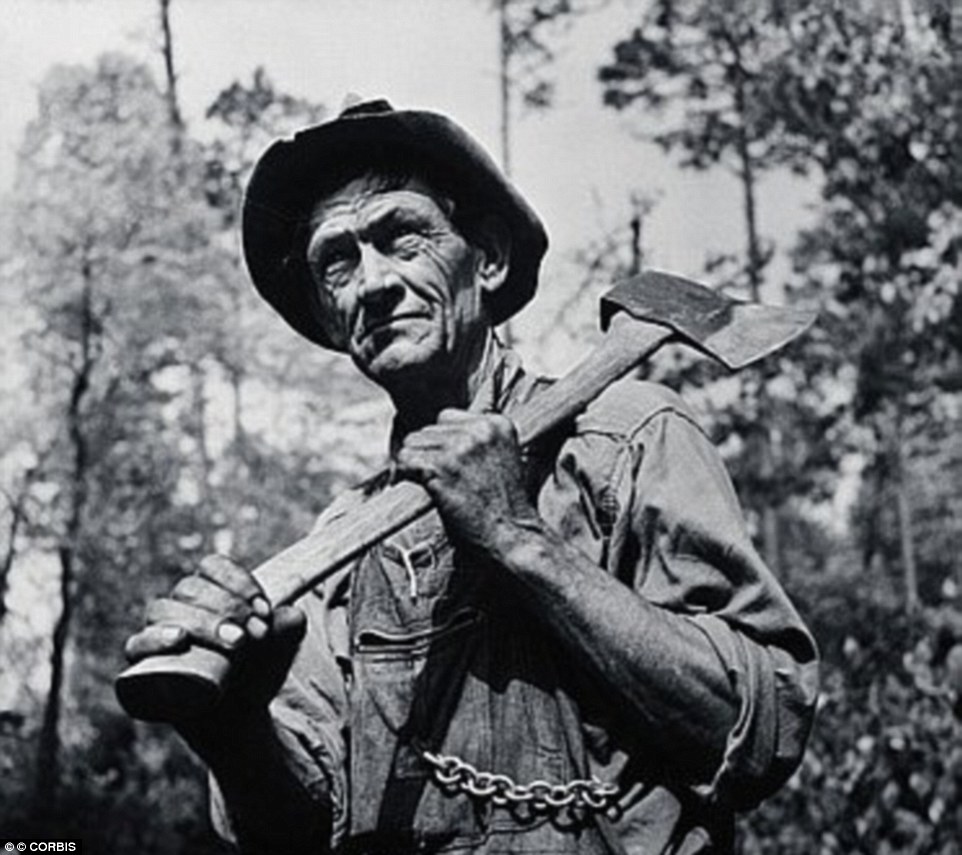Splitting and combining files
Since I’m lazy I generally prefer one file when importing CSV files, but some people prefer split files (for very good reasons). So there are times when I have to split a big file for somebody into smaller files, and there are times when somebody provides me with a set of files thaty I want to put in the same data frame. In this tutorial I’ll walk you through both scenario’s using “;”-delimited CSV files, but you can quite easily adjust it to any file type you’d want.
Splitting files

In this scenario we’re going to split the file in 20 separate files, but we could have wanted to split the file by x rows… I’ve chosen to this scenario because it’s more easy to transform it to the ‘by x rows’ scenario than the other way around.
First we’re going to define:
- how many output files we want,
- what the input file is and
- what the location and base name of the output files are.
qty_files <- 20 # The number of files you want to create
file_input <- "~/input.csv" # The file you want to split
file_output_base <- "~/output" # The base of the output filename
Next we’re going to read the input file and afterwards determine the number of rows we’re going to split the file by. If you’d want to use the ‘by x rows’ scenario, you can replace the code following the qty recs <- by the number of desired rows.
df_input <- read.csv2(file_input) # (";" seperated is assumed, use read.csv for "," separated)
qty_recs <- ceiling(nrow(df_input)/qty_files)
Having the data loaded and knowing the number of records we want to put in each output file, we will create a list of data frames by splitting the input data frame.
lst_outputs <- split(df_input, (as.numeric(rownames(df_input))-1) %/% qty_recs)
Let’s go through what’s happening here. Basicly we take the data frame’s rownames (which are the rownumbers as strings by default), and divide that by the qty_records field, and round that to and integer. You can’t see a ‘round’-like function here, because it is made redundant by using the %/% operator; which is called the integer division. This results in a vector with the same number for qty_records records, which is used by the split function to split the dataframe on each number change.
Now we have a list, in which each item is a part of the input data frame. You can give a name to each of these list items, which we’ll do because we can use that name when writing the output files.
names(lst_outputs) <- paste0("output_", 1:length(lst_outputs))
Now the list items are named, we can use the lapply function to ‘iterate’ over all data frames (the 1:length(lst_outputs) part). We create a inline function in which we call the write.csv2 function, where eacht dataframe in the list is passed with lst_outputs[[i]], the filenames are created file = paste0(names(lst_outputs[i]), ".csv").
lapply(1:length(lst_outputs),
function(i)
write.csv2(lst_outputs[[i]],
file = paste0(names(lst_outputs[i]), ".csv"),
row.names = FALSE ) )
Combining files

To combine multiple CSV files in one data frame we’re going to need those CSV file names first. For this we’re going to use the list.files function together with a regular expression pattern. The pattern in the syntax below assumes the file name starts with ‘input’, is followed by some characters (.*) and ends with the extension .csv.
filenames <- list.files(pattern="^input.*.csv$")
To combine multiple CSV files in one data frame we’re going crazy and using a do.call function and combine that with a lapply function. With the lapply(filenames, read.csv, header = TRUE, sep=";", dec=",")
tbl_revenue <- do.call("rbind", lapply(filenames, read.csv, header = TRUE, sep=";", dec=","))
That’s all. Since the combining took only two statements I didn’t bother to make a downloadable script.
• 0 Comments